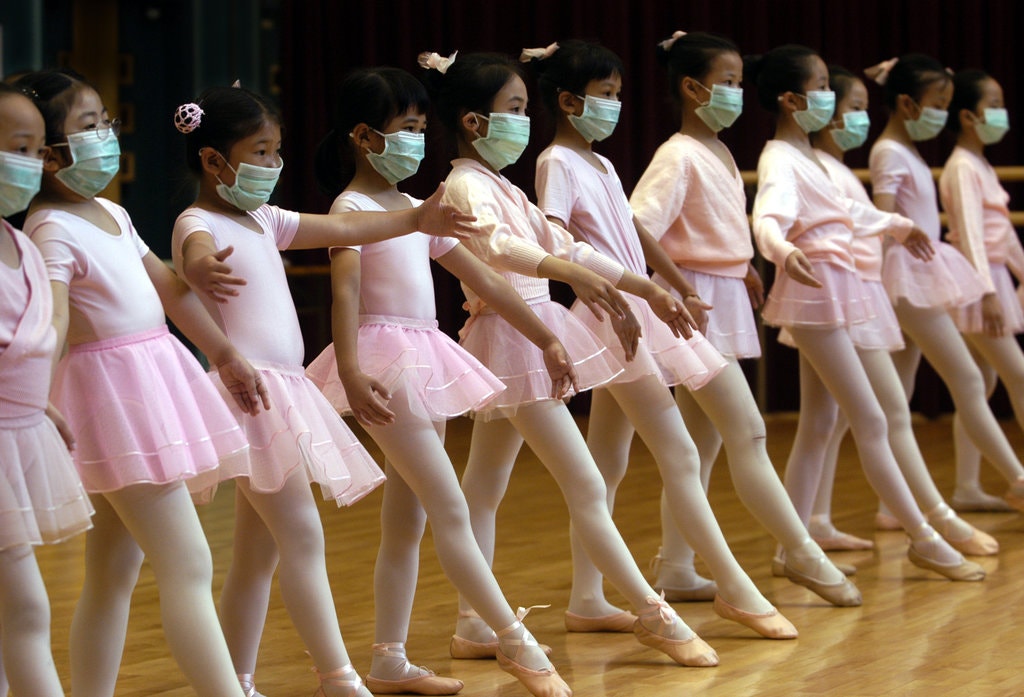Christmas 2020 is going to be very different for us all.
This year there will be no large family Christmas dinners and most of our pre-Christmas celebrations have already been cancelled—no parades, no Christmas parties, no magical trips walking through a wonderland of lights and no large gatherings anywhere. As we stagger along under mounting numbers of COVID cases around the world, we try to make sense of what has become our new reality over the past nine months. In some places it is getting worse, not better.
And even though we are one step closer to stamping out the pandemic with vaccines now available, we know we must continue to follow the protocols – social distancing, wearing masks, staying home, not travelling – but it’s hard. However, we should perhaps take some comfort in the knowledge that this is by no means the first Christmas when all of the above was happening.
One hundred years ago, towards the end of WW1 in 1918, the world was experiencing a flu epidemic of unprecedented proportions. It was originally called the Spanish flu mainly because the military in all the Allied countries had placed a ban on the media concerning writing about the viral infection which was causing the deaths of many soldiers. However, in Spain which was a neutral country, the media was able to report on the stories of the many influenza deaths. Consequently it became known as the Spanish Flu.
The pandemic of influenza known as an H1N1 virus definitely began in Europe during the latter part of WW1 and then may well have been spread by soldiers returning from Europe once the war was over.
A big difference in that particular 1918 strain was the fact that it was killing the younger generation and not the elderly or those with pre-existing conditions like COVID has done. A long-term consequence of the influenza at that time was the development of a Parkinsonian syndrome which included a marked tremor.
Although the first cases in Europe were seen in the spring of 1918, the flu arrived here in Canada towards the end of that year and remained virulent for the next two years. It soon spread to even the most remote communities and some villages were completely wiped out. Labrador, Quebec and First Nations reserves were hit the hardest.
In British Columbia’s capital, Victoria, the first known cases appeared at the end of September that year and the first person to lose his life to the virus was a theatre manager in town who died on October 6th.
Just like today, quarantine and social distancing was put into practice and masks were worn, but all medical facilities and hospital workers were soon overwhelmed with cases. To help out, volunteers began organizing infirmaries in schools and hotels.
Sadly there were no effective vaccines or antiviral drugs—in fact a single vaccine for both types A and B of the H1N1 virus was not developed until 1942.
During the years 1918-1920, 500 million people in the world became infected and at least 50 million died. Fifty-five thousand people died in Canada and these deaths were mostly young adults between the ages of 20 and 40.
Like today, the effects of that pandemic were vast, both socially and economically. Businesses closed and children were left without parents. Only essential services were allowed to operate. Provinces across Canada enacted laws regarding quarantine and the wearing of masks in public which most people begrudgingly accepted and obeyed, but when the Canadian federal government suggested that WW1 Victory celebrations should be postponed, that request was not obeyed. No one could stop people from celebrating the end of that awful war. One positive result of the flu epidemic in Canada was the establishment of the federal Department of Health in 1919.
So, as we bemoan what we are currently going through this Christmas, let’s remember there were other pandemic Christmases in the past around the world which were much worse. Without social media and the ability to connect (at least virtually,) life must have been abysmal. But the human spirit managed to accept and overcome and eventually the bad times ended and life went back to normal—and it will again. Meanwhile, count your blessings, be patient and be safe. Together we will get through it this time too.
Meanwhile, count your blessings, be patient and be safe. Together we will get through it this time too.
MERRY CHRISTMAS TO ALL MY BLOG READERS AND MAY 2021 BE KINDER TO US ALL!



